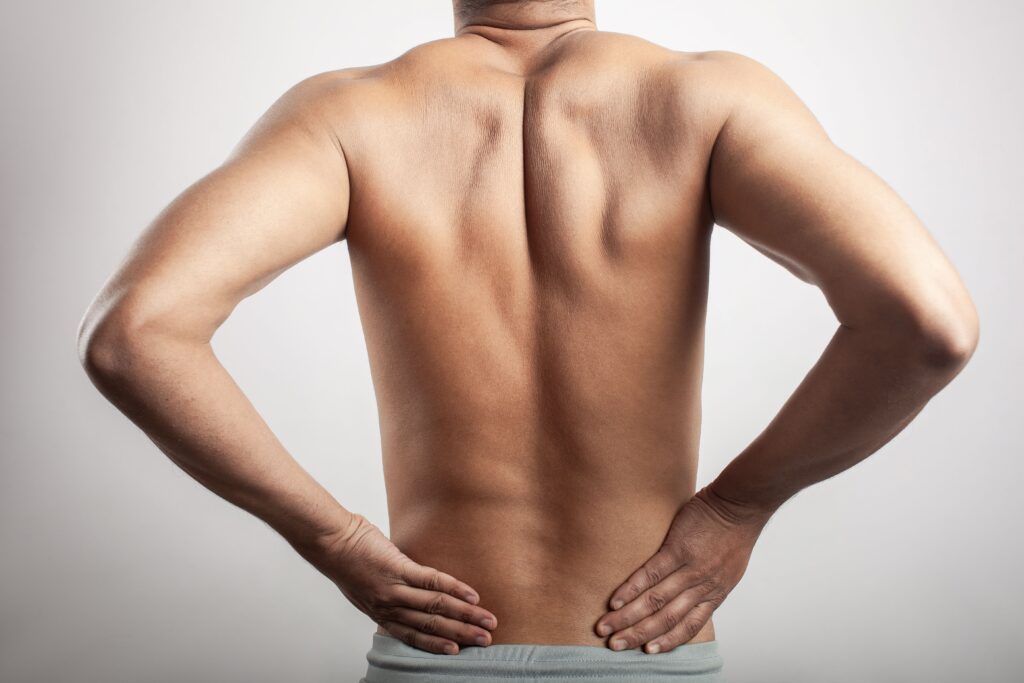Neck pain is a common ailment that affects people of all ages and can significantly impact one’s quality of life. Whether it’s a dull ache or a sharp, stabbing sensation, neck pain can restrict movement, cause discomfort, and hinder daily activities. This article will delve into the causes, symptoms, and various treatment options available to alleviate neck pain and promote overall well-being.
Causes of Neck Pain:
Poor posture: One of the leading causes of neck pain is prolonged periods of poor posture, such as slouching or hunching over a desk or computer. This can strain the muscles and ligaments in the neck, leading to discomfort.
Muscle strain: Activities that involve repetitive neck movements or sudden jerks, such as sports or improper lifting techniques, can cause muscle strain and result in neck pain.
Whiplash: Commonly associated with car accidents, whiplash occurs when the head is forcefully jerked backward and forward. This sudden movement can cause injury to the neck’s soft tissues, resulting in pain.
Herniated discs: When the soft cushions between the vertebrae in the neck become damaged or ruptured, it can lead to neck pain. Herniated discs may also exert pressure on nearby nerves, causing radiating pain and discomfort.
Symptoms of Neck Pain:
The symptoms of neck pain can vary depending on the underlying cause. Common signs and symptoms include:
- Stiffness and limited range of motion in the neck.
- Tenderness and soreness in the neck muscles.
- Headaches originate from the base of the skull.
- Radiating pain that extends to the shoulders, arms, or fingers.
- Numbness or tingling in the arms.
- Muscle spasms in the neck and upper back.
Treatment Options:
Self-care measures: For mild cases of neck pain, several self-care techniques can provide relief. These include applying ice or heat packs, gently stretching the neck muscles, maintaining good posture, and avoiding activities that aggravate the pain.
Physical therapy: A chiropractor can design a customized exercise program to strengthen the neck muscles, improve flexibility, and alleviate pain. They may also incorporate techniques like an adjustment.
Medications: Over-the-counter pain relievers, such as nonsteroidal anti-inflammatory drugs (NSAIDs), can help reduce inflammation and alleviate pain. Our wellness model encourages natural means to achieve pain relief.

